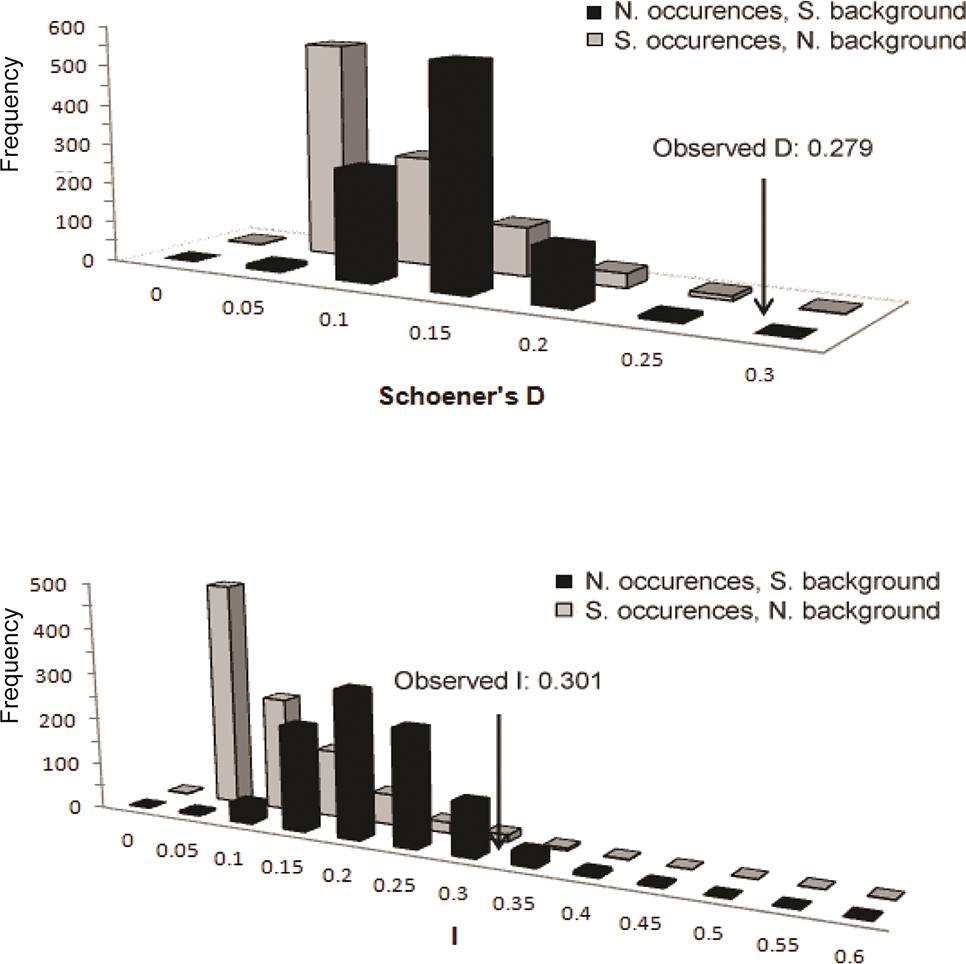Two disjunct distributional areas of Crotalus durissus (Neotropical rattlesnake) are in open habitats north and south of the Amazon Basin and are presently separated by humid rainforest habitats. We used ecological niche modeling to identify and investigate potential dispersal pathways for this species between the two areas during the late Pleistocene. Niches estimated for the two populations did not differ significantly. Our analyses indicated two possible, but a single most likely, potential routes of dispersal during the last glacial cycle. These results are important to understanding the history of Amazon Basin humid forest biotas, as they suggest agents of isolation among putative humid forest refugia in the form of dry forest and scrub, and associated biotas.
Ecological Niche Modeling; Amazon Basin; Biogeography; Forest Refugia; Last Glacial Maximum




